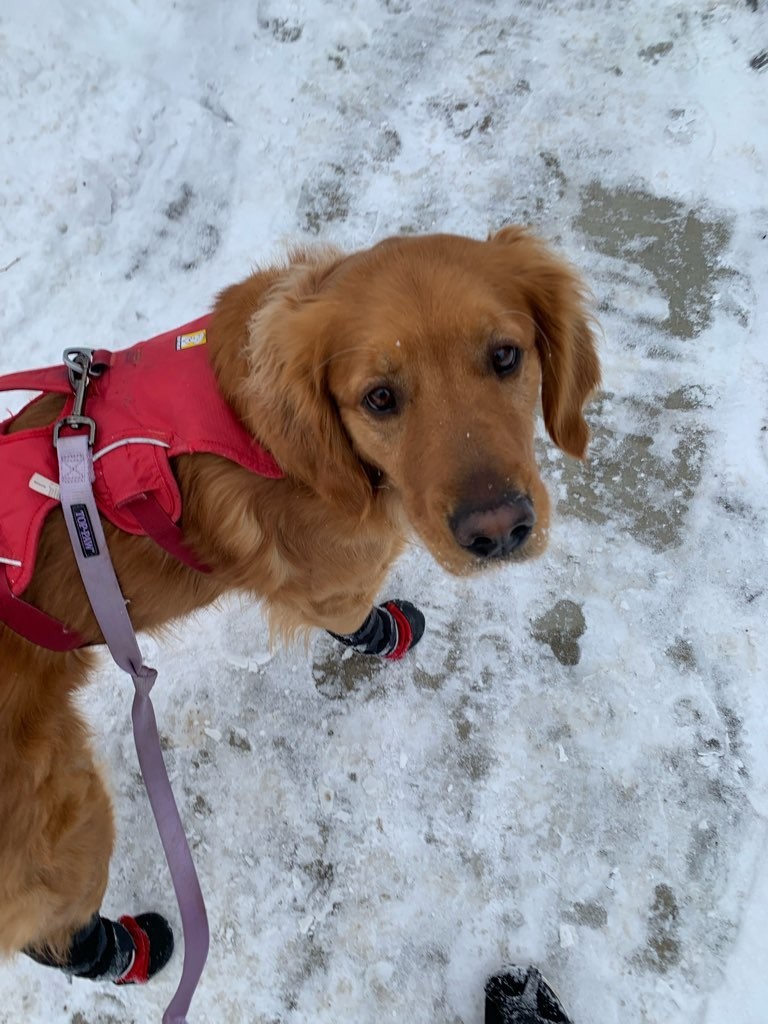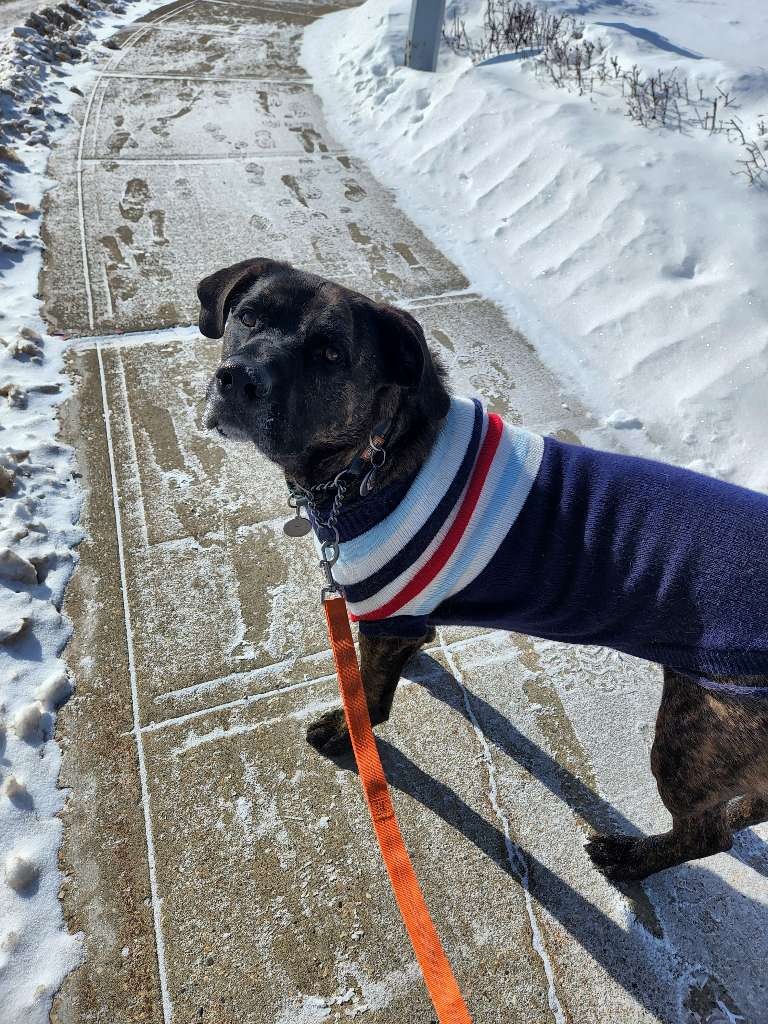It’s Tough to Choose!
Picking out the gear that works best for your pup is no easy task! There are so many options on the market and so many perspectives on which gear is better, and we know it’s difficult to navigate all those varying opinions and the stacked aisles at the pet store. Here is a short and comprehensive description of the pros and cons of harnesses and collars!
Pros of Harnesses
The main thing that harnesses do for your dog is distribute pressure away from their neck. Most of the pros of harnesses revolve around this fact. The dispersed pressure may help to reduce pulling, and harnesses significantly reduce the pressure on your dog’s trachea; This makes them the best option for pups with breathing issues or neck problems. Harnesses are also more difficult to slip out of than a collar, which provides extra security in situations where your dog might lunge or try to bolt.
Cons of Harnesses
Some harnesses may be uncomfortable for your pup and cause chafing or irritation. They can also cause tangles or mats for pups with long fur. In terms of convenience, harnesses can get a little complicated and may take longer to put on your dog. It may also take some additional time and effort to get your pup used to wearing and walking in a harness.

Pros of Collars
Overall, collars are more convenient. They provide an easy place for identification tags that are clearly visible and they can be worn at all times, not just on walks. Collars are generally very easy to use and put on.
Cons of Collars
The main con of using a collar is that it puts increased pressure on your dog’s neck and windpipe. If your pup tends to pull while walking this can lead to pain and damage to the area, and exacerbate other breathing problems. This study found that eye fluid pressure, known as intraocular pressure, increases when pressure from a collar is applied, but not when pressure from a harness is applied. Increased intraocular pressure can heighten the risk and effects of glaucoma in dogs. Of course, these cons come from pulling on the leash while wearing a collar. If your pup does not have any breathing problems, is not at a higher risk of or has glaucoma, and doesn’t usually pull on the leash then a collar might be the best piece of gear for them!

The Takeaway
At Dog Jogs, we have seen harnesses and collars in all sizes and types, so we know better than anyone that there is no piece of gear that works for every dog. Your pup’s breed, health, and behaviour should all be taken into account when choosing between a harness or a collar. Some people choose to use both! Let us know if you have any questions regarding pup gear or if you are stuck choosing between two types of gear, and we will give you our two cents.




